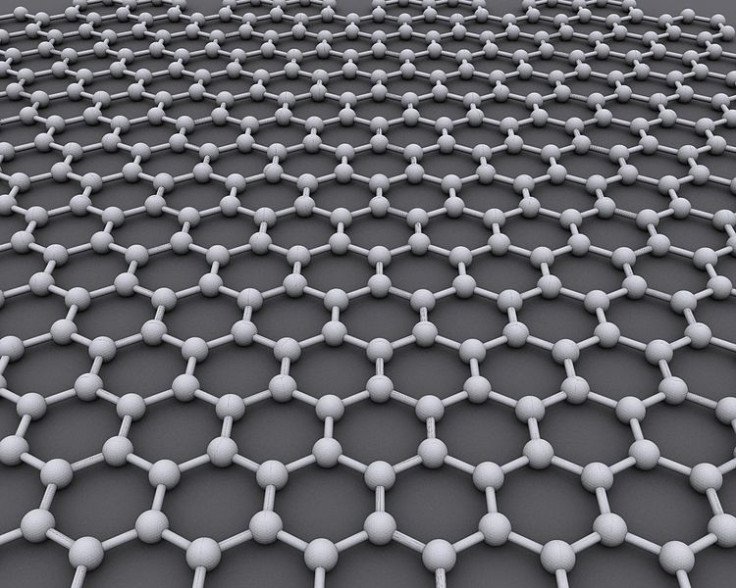3D graphene structure used as efficient scaffold in tissue engineering

A new graphene-based ink that was used to print large, robust 3-D structures is expected to find applications in tissue engineering, regenerative medicine and electronics.
The 3-D printed graphene scaffold developed by Northwestern University researchers supported stem cells well. Not only did the cells survive, they divided, proliferated, and morphed into neuron-like cells without any additional growth factors or expensive reagents.
Led by Ramille Shah, assistant professor of materials science and engineering at Northwestern's McCormick School of Engineering and of surgery in the Feinberg School of Medicine, and her postdoctoral fellow Adam Jakus, the team found a way to print three-dimensional structures with graphene nanoflakes.
The graphene flakes were mixed with a biocompatible elastomer and quickly evaporating solvents.
Shah said the biocompatible elastomer and graphene's electrical conductivity most likely contributed to the scaffold's biological success.
The printed graphene structure is also flexible and strong enough to be easily sutured to existing tissues, making it suitable for use in biodegradable sensors and medical implants.
Earlier attempts to print the ink had low graphene composition and resulted in printed structures too brittle and fragile to manipulate.
At 60-70% graphene, the latest ink mix preserves the material's unique properties, including its electrical conductivity. And it is flexible and robust enough to print strong macroscopic structures.
"It's a liquid ink," Shah explained. "After the ink is extruded, one of the solvents in the system evaporates right away, causing the structure to solidify nearly instantly. The presence of the other solvents and the interaction with the specific polymer binder chosen also has a significant contribution to its resulting flexibility and properties. Because it holds its shape, we are able to build larger, well-defined objects."
With its high electrical conductivity, the ability to store energy, and ultra-strong and light structure, graphene is the miracle material for applications in electronics, energy, the environment, and even medicine.
The research is described in the paper 'Three-dimensional printing of high-content graphene scaffolds for electronic and biomedical applications,' published in ACS Nano.
The same team had earlier this year developed 30 printable bioink formulations, all of which are compatible materials for tissues and organs. These inks can print 3-D structures that could potentially act as the starting point for more complex organs.
"There are many different tissue types, so we need many types of inks," Shah said. "We've expanded that biomaterial tool box to be able to optimize more mimetic engineered tissue constructs using 3-D printing."
© Copyright IBTimes 2025. All rights reserved.





















